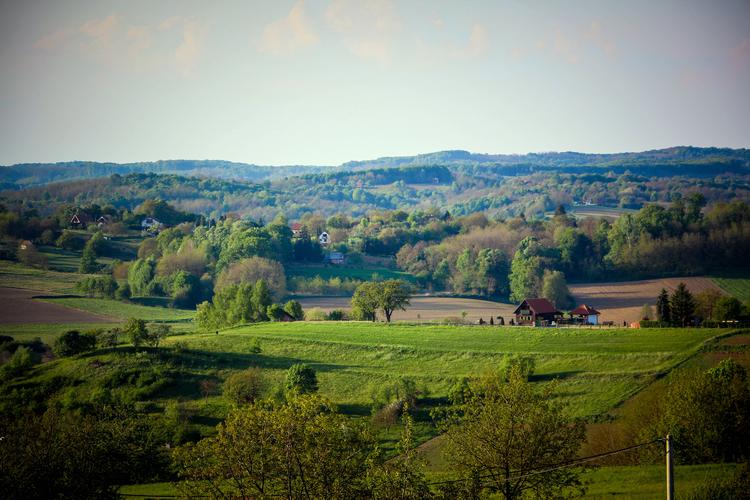Art and archaeology are disciplines that often intersect, with artifacts serving as the bridge between the two. The interpretation of artwork found in archaeological contexts can give us insights into past societies and cultures, providing us with a window into the past that is otherwise unattainable.
Artifacts come in various forms, ranging from pottery and sculptures to figurines and paintings. Each artifact has its own unique story to tell, providing us with glimpses into the cultural practices, beliefs, and traditions of the people who created them. The way these artifacts are found – whether in tombs, shrines, or settlements – as well as their placement in the context of their discovery can also lend insight into how they were perceived and utilized by the people who created them.
By examining artifacts in context, archaeological experts can establish a better understanding of the various ways in which these artifacts were utilized. For example, pottery fragments from a site might reveal that it was used for cooking rituals and communal feasts or that it was created for trade purposes. Sculptures or figurines found in a shrine location might indicate that the site was a place of worship or learning, while paintings found within the tomb might have served as an offering meant to guide the deceased through the afterlife.
In addition, the shapes, colors, and materials utilized in the creation of the artwork itself can offer clues to the mindset of the artist and the society in which they lived. By analyzing the techniques and materials used in the creation of ancient artwork, experts can gain deep insights into the society’s manufacturing capabilities and artistic innovations. They can also learn more about the social and political climates of the time, as well as more performative elements of ritual and group behavior.
In conclusion, the intersection of art and archaeology is incredibly rich with information and fascinating details. By examining artifacts found in archaeological contexts, we can learn a great deal about the societies in which they were created, the artistic innovations of the time, and the daily habits of people from all over the world throughout all periods of time. By taking a comprehensive approach to interpreting archaeological evidence, we can begin to paint a more three-dimensional picture of the past that is complex and rich in cultural significance. It is, indeed, an exciting time to be an archaeologist and lover of art.
(Note: Do you have knowledge or insights to share? Unlock new opportunities and expand your reach by joining our authors team. Click Registration to join us and share your expertise with our readers.)
Speech tips:
Please note that any statements involving politics will not be approved.
